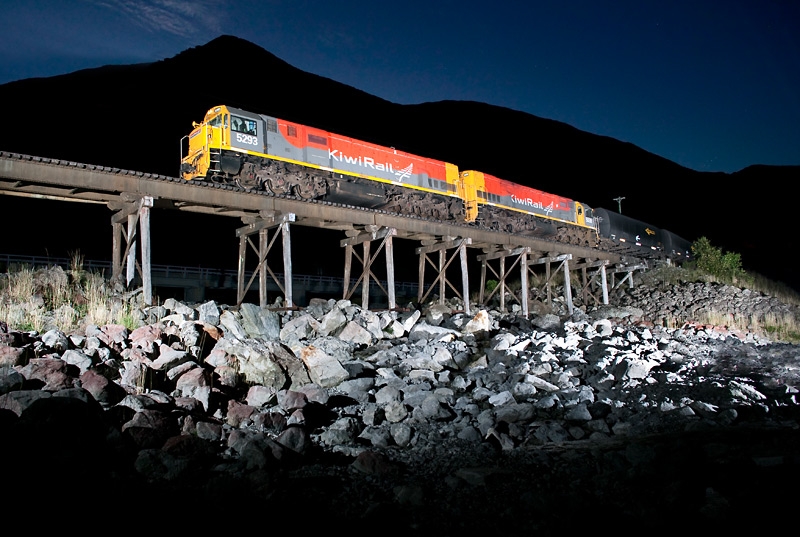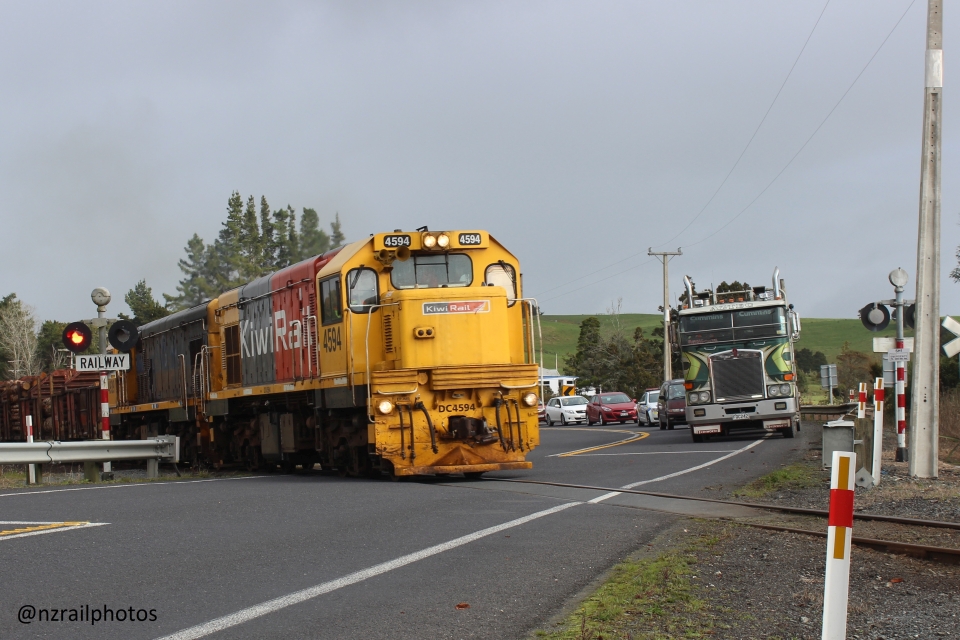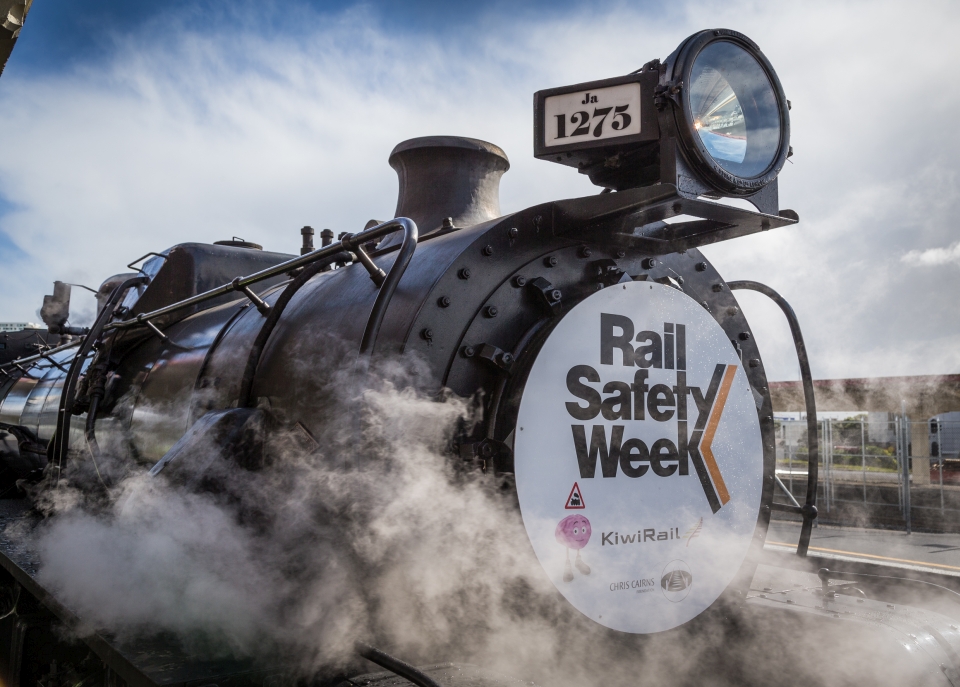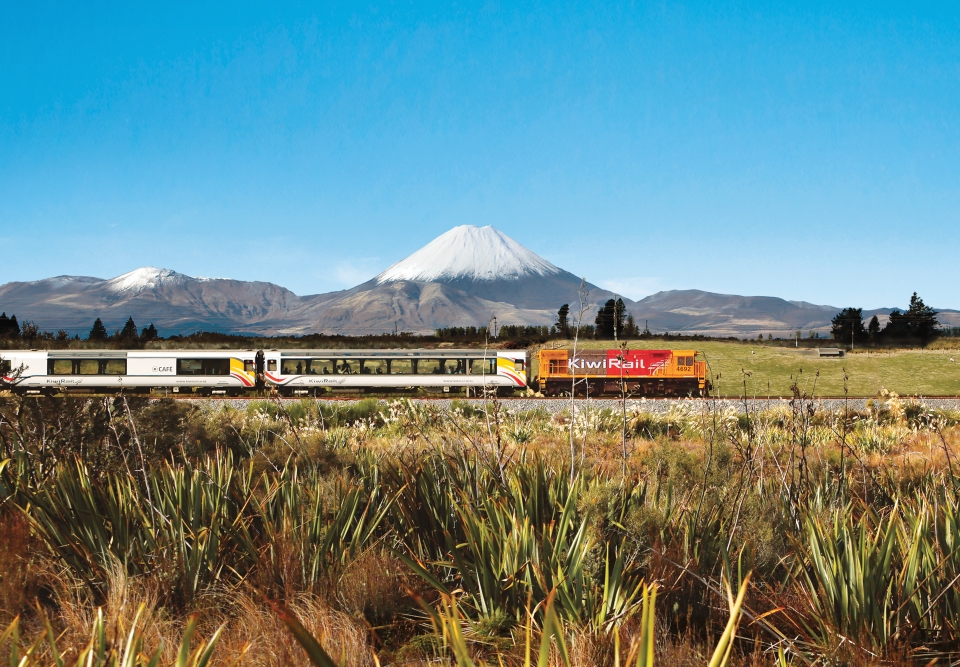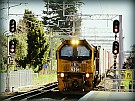The New Zealand rail network has around 4,128 kilometres of line, of which about 506 kilometres are electrified. There are currently 1787 bridges and 150 tunnels (totalling 80 kilometres in length) on the rail network.
Building the railways
Most of New Zealand’s early European settlements were on the coast. Inland travel was difficult because of the mountains, forests and swamps, so most people used sea and river transport, or walked.
The first railway lines were built in the South Island in the 1860s. From 1870, the government worked to develop railways. They wanted railways to carry products from farms, forests and mines to markets and ports. They also wanted to provide access to land bought or confiscated from Māori, so Pākehā could settle it.
On the straight and narrow
To speed up construction and reduce the costs of building a rail network, the government chose to build a narrow track gauge. This meant the rail lines were close together at only 1.067 metres apart. This gauge along with the steep gradients, tight curves and narrow tunnels has limited the development of rail in this country.
Main trunk lines
The South Island’s main trunk line, from Christchurch to Invercargill, was completed in 1879. Back then it took 11 hours to travel from Christchurch to Dunedin. In 1945 the line was extended to Picton.
It took 23 years to build the North Island main trunk line, which went through dense forests, mountains, and the Māori area of the King Country. Finished in 1908, it allowed people to travel between Auckland and Wellington in 18 hours.
Engineers had to find a way to cross the steep slopes between the North Island Volcanic Plateau to the east and gorges of the Whanganui River to the west. The problem was solved with a line that looped back upon itself and then spiralled around with the aid of tunnels and bridges. Known as the Raurimu Spiral, this rail line is considered an engineering masterpiece.
Steam, diesel and electric trains
The railways were mostly steam-powered until the 1950s. The last scheduled steam service was in 1971. Today, people enjoy special outings on old-fashioned steam trains. There were some electric-powered trains from the 1920s and 1930s, and from 1949 there were diesel engines.
Freight
New Zealand’s railways mainly carry freight, including coal, timber, farm animals and produce. Until the 1980s, laws protected the railways against competition from trucks.
Passengers
In the first half of the 20th century, rail travel was popular. Trains took children to school, people to work, and day-trippers to beaches, parks and racecourses. Later, private cars became common, and air travel got cheaper. Fewer people used trains. Many services were cut back, and some lines closed.
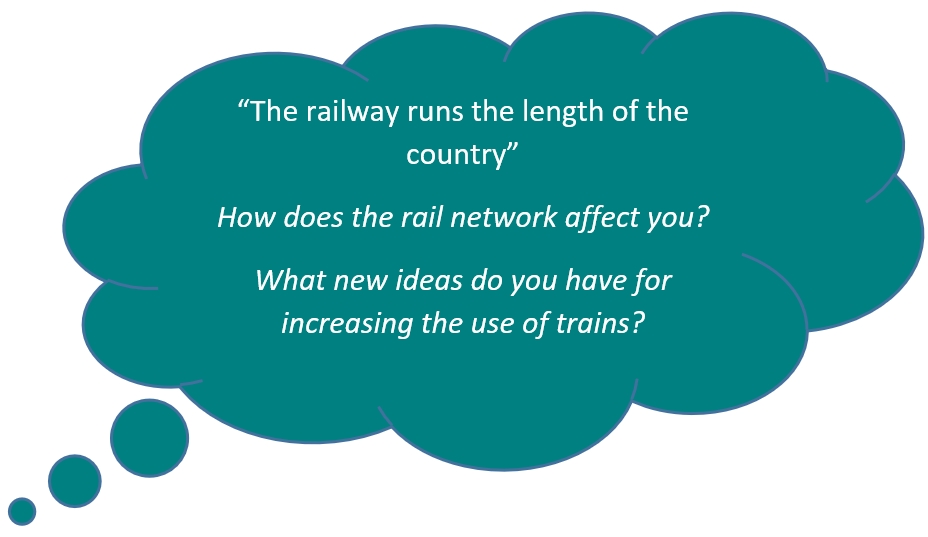 Railway stations
Railway stations
By the early 1950s, there were more than 1,350 railway stations in New Zealand. Stations were busy places with people and goods on the move. Big cities built large, impressive stations. From the 1950s the railways declined. Many branch lines and stations closed. In 1993 the railway system was sold to a private buyer. But in the 2000s the government bought the railways back. There is now renewed interest in using rail to transport goods and people – why do you think this is?
Ready for a quiz? Try the 'Rail Network' activity.

